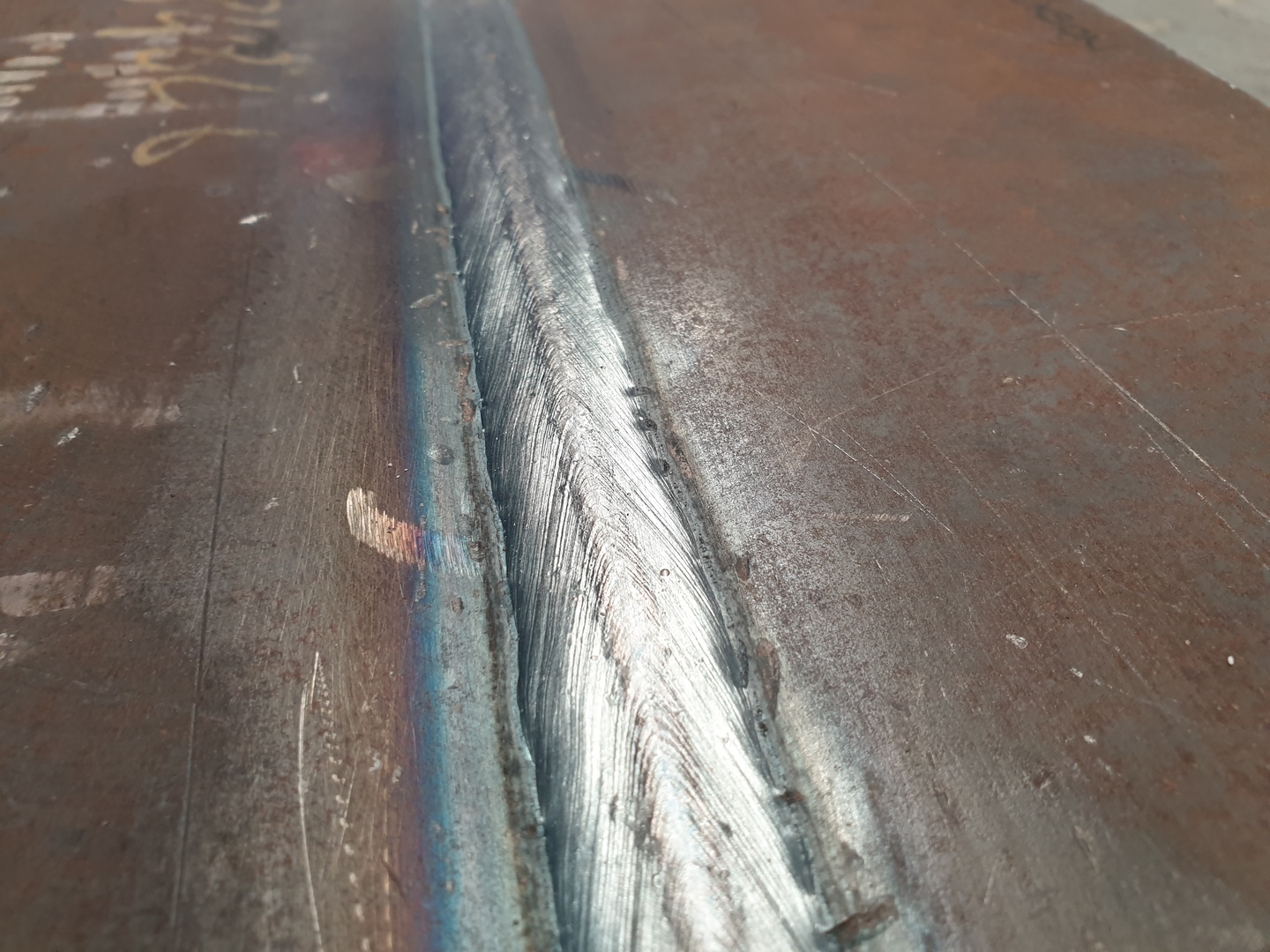The Importance of Weld Testing

Welding is a critical process in most industrial applications. It is done to join two or more metal parts into a single piece, and it is widely used in various industries, such as construction, aerospace, automotive, and many others. However, welding can also pose significant risks to the integrity and safety of the final product if not done correctly. This is where weld testing comes into play..
What is Weld Testing?
Weld testing refers to a variety of non-destructive testing (NDT) techniques that are used to evaluate the quality and integrity of welded joints. The purpose of weld testing is to ensure that the welds meet the applicable standards and specifications and that they are free from defects that could compromise their strength or durability.
There are several types of weld testing techniques available, including visual inspection, radiographic testing, ultrasonic testing, magnetic particle testing, and liquid penetrant testing. Each method has its advantages and limitations, and the choice of technique will depend on the type of welded joint and the requirements of the application.
Why Is Weld Testing Important?
Weld testing is essential for several reasons. First and foremost, it helps to ensure the safety and reliability of the final product. Welded joints that are not properly tested may contain hidden defects that could lead to catastrophic failures under stress or strain. These failures could result in injuries or even fatalities if they occur in critical applications such as in bridges or airplanes.
Secondly, weld testing can help to reduce costs by identifying defects early in the fabrication process. This allows for timely repairs or modifications to be made before the final product is completed. The cost of repairing a defective weld after it has been completed can be significantly higher than correcting it during fabrication.
Finally, weld testing can help to maintain quality control throughout the manufacturing process. By ensuring that all welds meet the applicable standards and specifications, manufacturers can avoid costly rework or scrap due to defective welds.
Conclusion
Weld testing is an essential part of any welding process. It helps to ensure the safety and reliability of the final product while also reducing costs and maintaining quality control. Therefore, it is crucial for all manufacturers to employ proper weld testing techniques and procedures as part of their quality assurance program.
If you want more information about welding inspection services, please visit our welding inspection page. Our team at Elite Engineering WA provides high-quality welding inspection services using advanced NDT techniques to ensure that your welded joints meet all applicable standards and specifications
If you would like more information on how Elite Engineering WA can help you with your next project please contact us for a quote or more information. Email sales@elitewa.com.au or Phone 1300 887 461
News
March 24, 2023
Share on:
